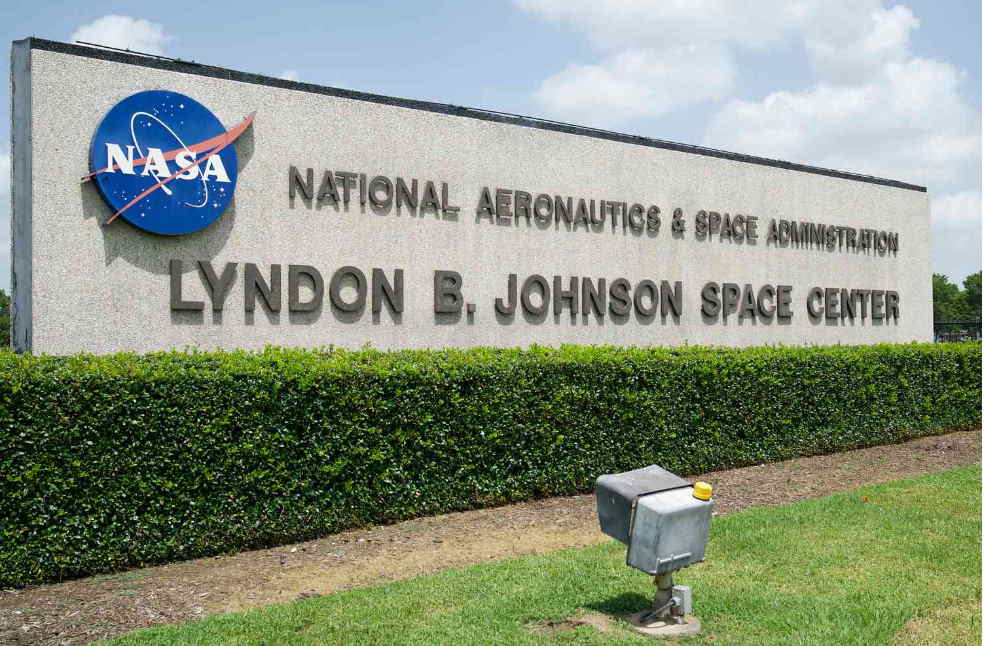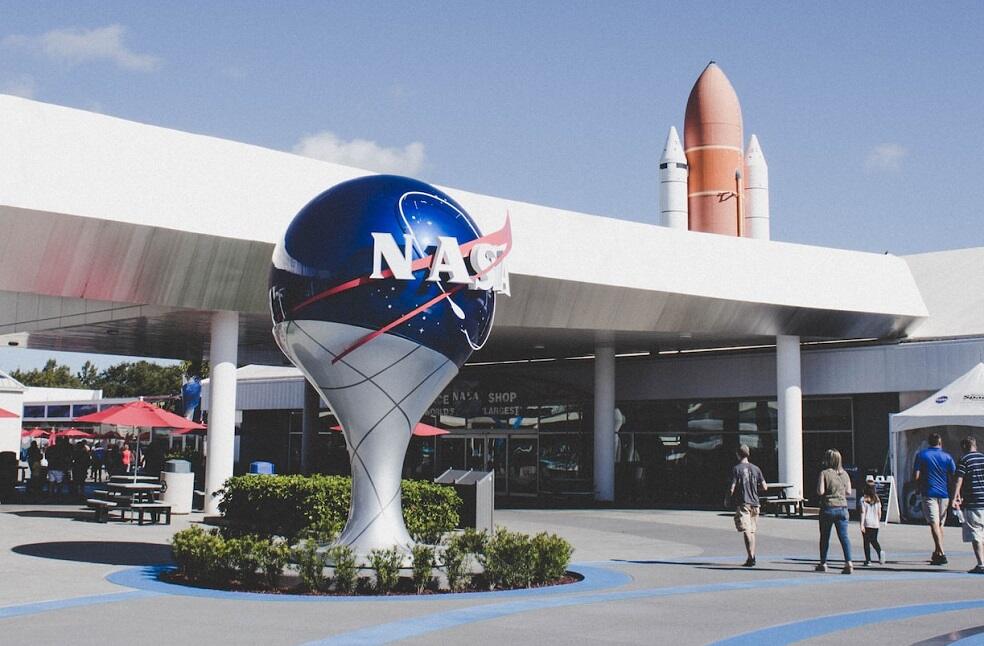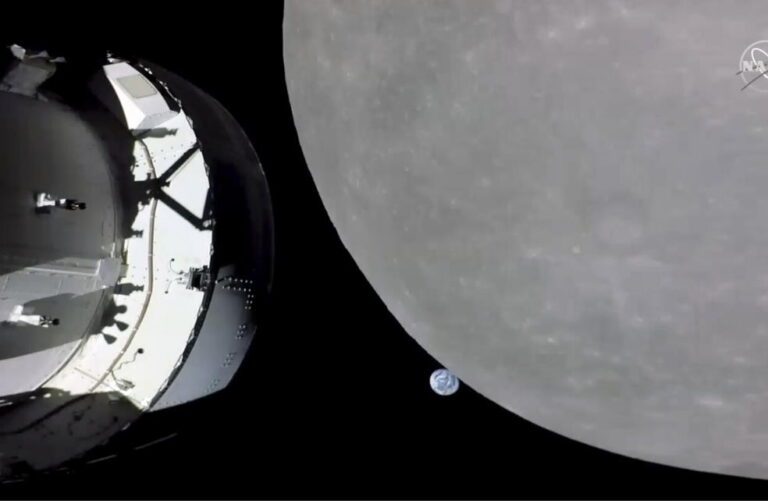NASA, Washington D.C: On its journey to a world-record-breaking orbit, NASA’s Orion spacecraft, which had test dummies in place of astronauts, buzzed the lunar surface and whipped around the far side before arriving at the Moon.
It’s the first time since NASA’s Apollo mission 50 years ago that a spacecraft has visited the Moon, and it represents a major milestone in the $4.1 billion test flight that began on November 16th, 2022.
The Johnson Space Center in Houston, which houses Mission Control, reported that staffers were “giddy” after seeing a video of the approaching Moon and our pale blue planet more than 230,000 miles (370,000 kilometers) away. Even the flight controllers expressed shock at what happened.

Orion Program Manager Mr. Howard Hu commented that, ”Just smiles across the board.”
The 81 Mile (130 KM) close encounter occurred while the crew capsule and its three hooked dummies were on the Moon’s far side. Due to a half-hour communication blackout, flight controllers in Houston did not know if the critical engine firing was successful once the spacecraft emerged from behind the Moon. The capsule’s cameras sent an image of the Earth, which appeared as a tiny blue dot surrounded by darkness.
NASA stated that once the capsule regained radio communication, capsule accelerated well beyond 5,000 mph (8,000 kph). Less than an hour later, Orion flew above Tranquility Base, where Neil Armstrong and Buzz Aldrin had landed on the Moon on July 20th, 1969. Since the pass was dark, there were no photos taken of the location, but managers promised to make an effort to take shots on the return flyby in two weeks.

Orion had to slingshot around the Moon to get enough speed to enter the sweeping, lopsided lunar orbit. Orion will soon surpass Apollo 13’s record of approximately 250,000 Miles (400,000 KM) from Earth for the farthest distance traveled by an astronaut-designed spacecraft set by NASA in 1970. And it will continue to travel, reaching a maximum distance from Earth of approximately 270,000 Miles (433,000 KM) soon.
Before returning to Earth, the capsule will spend almost a week in lunar orbit. Pacific splashdown is planned for Dec. 11th.
Fly me to the Moon ?
This image was taken on the sixth day of the #Artemis I mission by a camera on @NASA_Orion. On Mon. Nov 21, it came within 80 miles of the lunar surface – the closest approach of the uncrewed mission. pic.twitter.com/xzsNKtCcrr
— NASA's Johnson Space Center (@NASA_Johnson) November 21, 2022
Orion lacks a lunar lander; NASA astronauts will try a lunar landing in 2025 with SpaceX’s Starship. Before that, as early as 2024, astronauts will board the Orion spacecraft for a trip around the Moon.
Mr. Mike Sarafin, the mission’s manager, expressed his satisfaction with its development and gave it an overall grade of “cautiously optimistic A-plus.”

According to Mr. Sarafin, the Space Launch System rocket, the most potent vehicle NASA has ever created, had performed superbly in its first flight. Mr. Sarafin claimed that teams are working to solve two problems, one regarding the power system and the other involving the navigational star trackers.
However, the launch pad at the Kennedy Space Center sustained more damage than expected from the 322-foot (98-meter) rocket. The elevator’s blast doors were torn off by the 8.8 million pounds (4 million kilograms) of liftoff thrust, rendering it useless.
Mr. Sarafin stated that the damaged pad will be fixed in plenty of time for the next launch.



